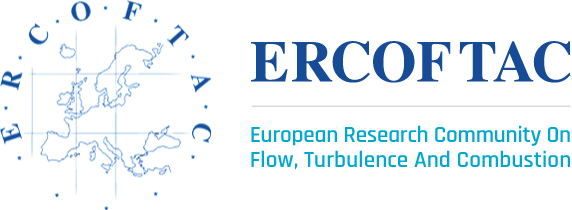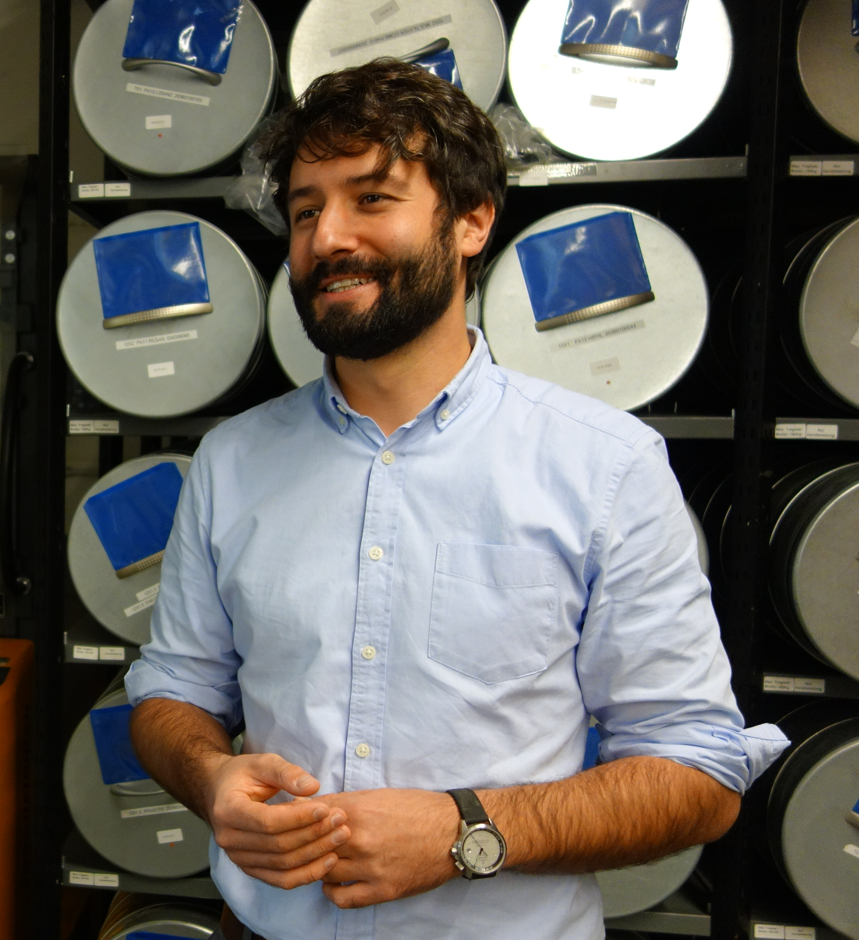Daniel Kintea - the winner of
11th Da Vinci Competition 2016
11th Da Vinci Competition 2016 Winner
Daniel Kintea
"Hydrodynamics and Thermodynamics of Ice Particle Accretion"
(Technische Universität Darmstadt, Germany)
I studied the inflight icing of aircraft engines reducing their reliability, power and efficiency. Atmospheric ice crystals that are ingested into the warm engine start to melt resulting in an airflow laden with ice and liquid water – a mixture which under certain circumstances can accrete on surfaces. It is a highly complex phenomenon with plenty of different physical mechanisms at play simultaneously. In my PhD thesis, I developed mathematical models and implemented them into numerical codes describing different sub-processes, such as the melting of ice particles, their impact on wet surfaces and the behavior of a mixed-phase accretion on a wall.
Today, I am the Manager of the simulation team at NORMA Group, an international market leader in engineered and standardized joining and fluid-handling technology. NORMA Group supports its customers and business partners in responding to global challenges such as climate change and the increasing scarcity of resources. NORMA Group’s products help reduce emissions harmful to the climate and use water more efficiently. My team supplies every branch of the company and not only works on topics related to fluid mechanics and heat transfer, but also covers a wide range of Structural mechanics.
I harvest motivation from manifold sources, with scientific curiosity being among the most important ones. Being among the first scientists to study newly discovered phenomena or inventing and developing novel ideas and products inspires me. Another compelling source of motivation lies within the meaning and impact my work has. Recently, I was involved in the development of a product which saves up to 500 g of CO2 emissions over lifetime. It might not sound like a lot, but if you factor in the fact that this product is sold several million times a year, this accounts for many thousands of tons CO2 emission which are avoided by the development.
Being among the finalists for the Da Vinci award was an incredible honour, not to mention even being awarded with it. However, a major ingredient to this achievement was luck: I was born in a family which not only supported me but embraced scientific curiosity, in a country with free top quality university education. Moreover, I was lucky enough throughout my entire way in academia to find mentors who believed in me and supported me on my journey, without whom none of that had been possible. Thank you!
After completing my PhD, I joined NORMA Group as Simulation expert, with a clear long-term target to establish a simulation team. Today, six years later, I am managing a team of eight top-class simulation engineers. Again, this would not have been possible without management which supports and mentors me extraordinarily. I cannot emphasize enough how big of a role such mentors play – that is why I try to be a mentor to others whenever possible to return the favour. A role that I would like to intensify in the future, e.g. by giving lectures and supporting engineering students.
Personally, I had the feeling that one of the most important requirements is a high level of interest and enthusiasm about the topic. When combined with a brilliant and encouraging supervisor, the rest will come by itself. In German this person is called “PhD father”, loosely translated, for a good reason.

